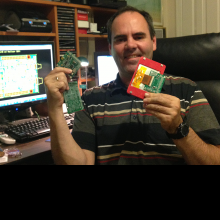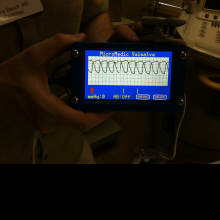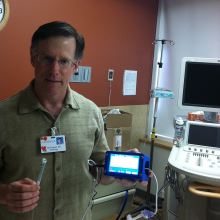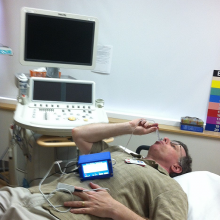Heart failure is a serious medical condition affecting about 6 million Americans, including adults and children. Although there is currently no cure, early diagnosis can help people live longer, more active lives through medicine and lifestyle changes. There are several existing procedures for detecting hear failure although many are expensive, time consuming, invasive, and not available for home use. One goal of this project is to create a low-cost device that can be used by individuals to without a medical background, that quickly tests for heart failure by a non-invasive method. Additionally, patients known to have heart failure are in need of an accurate self-test to monitor their status, to potentially reduce time spent in the hospital. The current standard is to have patients weigh themselves daily, but a more sensitive method is needed. Preliminary research suggests that a device using the Valsalva maneuver, described in the report, can meet this need, but no such device is commercially available.
We would like to thank Parallax for hosting the 2013 National microMedic Contest and providing a forum that allowed us to meet and team up to develop at prototype of this device. Also, we would like to thank the U.S. Army TATRC and CMU for sponsoring this contest.
Our project is a new medical device, referred to here as the VTD (Valsalva Test Device), to test for heart failure using the "Valsalva Maneuver". We bring a modern, high-tech approach to this old and well-established test. To conduct the test, the patient "bears down" by blowing into a high resistance tube for 15 seconds while the doctor monitors the SpO2 signals which can provide indications of heart failure. A microcontroller is used to monitor the patient's attempt to blow and provide a feedback mechanism for the patient to maintain as desired pressure. The microcontroller also monitors a pulse plethysmographic ("pulse-ox") sensor to record pulse amplitude and display the pulse waveform changes on an LCD screen. At the same time, the microcontroller transmits test data over USB connection to a computer for recording and analysis. Clean, disposable, and commercially-available sensors are used to enable realistic application in the commercial, clinical setting.




